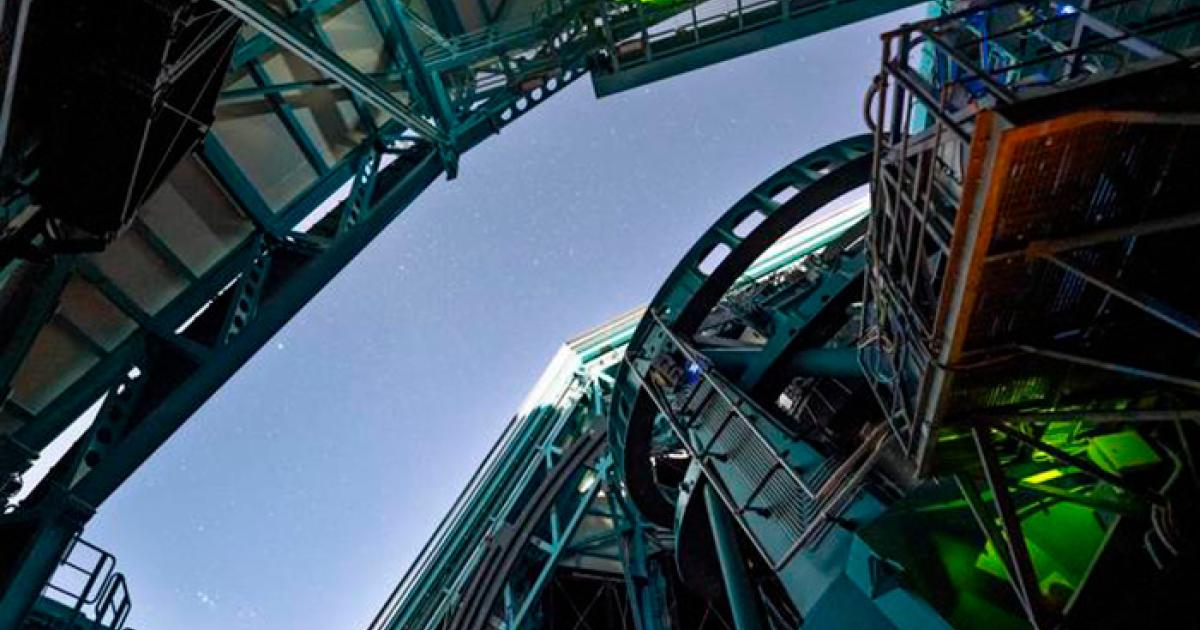
See the first photos from the world’s largest astronomical camera on June 23
How did your country report this? Share your view in the comments.
Diverging Reports Breakdown
See the first photos from the world’s largest astronomical camera on June 23
Researchers from the University of Pittsburgh and Carnegie Mellon University will host a viewing party for the first images from the Vera C. Rubin Observatory’s Legacy Survey of Space and Time (LSST) camera. The LSST camera will repeatedly scan the sky for the next decade, creating a time-lapse record of the universe that will help researchers around the world better understand everything from the contents of our solar system to the mechanics of galaxy formation.
Combined, Jeffrey Newman, Michael Wood-Vasey, Brett Andrews, Mi Dai and Tianqing Zhang — all faculty in the Department of Physics and Astronomy in the Kenneth P. Dietrich School of Arts and Sciences — have been working on the LSST project for more than four decades.
Their work will help researchers more accurately measure galaxy distances for 3D maps, better detect changes between observations and disseminate data around the world.
At the image unveiling, the Dietrich School researchers will be joined by their Carnegie Mellon colleagues, including Justin Kubica, director of engineering for the LSST Interdisciplinary Network for Collaboration and Computing, for a brief panel discussion and Q&A. This free event will be held at the Frick Fine Arts Building, 650 Schenley Drive, Pittsburgh, PA, 15260. Registration is now open.
Funded by the National Science Foundation, the U.S. Department of Energy and significant private donations, the LSST camera will repeatedly scan the sky for the next decade, creating a time-lapse record of the universe that will help researchers around the world better understand everything from the contents of our solar system to the mechanics of galaxy formation to the nature of dark matter.
Photography by Rubin Observatory/NSF/DOE/NOIR Lab/SLAC/AURA/Hernan Stockebrand
